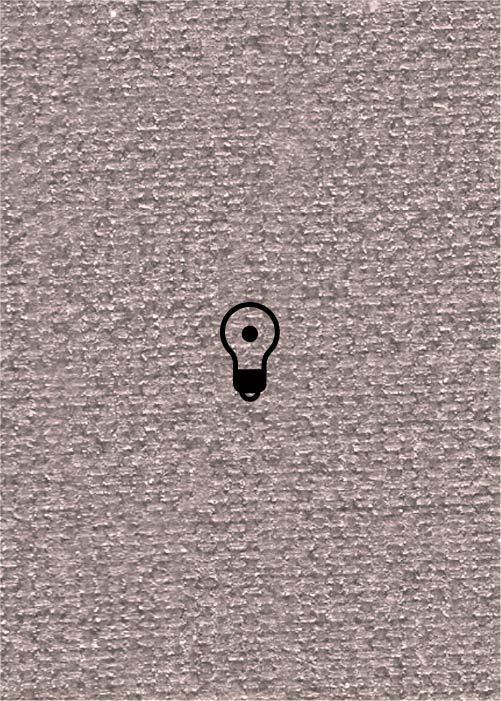(482 results found)

Polka
… and contemporary state of knowledge about klezmer music. Each entry includes a number of citations from … refers to the term in question. It also indicates whether musical notation or sound recordings are included in the … the waltz words were sung which went with the rhythms... Eastern European Jews were accustomed to invite each guest …

Mazltov (LKT)
… and contemporary state of knowledge about klezmer music. Each entry includes a number of citations from … or refer to the term in question. It also indicates whether musical notation or sound recordings are included in the … it at Jewish weddings in Kolomeyke ( nign ‘mazl-tov’ )...” [Eastern Galicia, 1920s-30s]. Pipe 1971a, pp. 177-78 (#66), …

Quadrille (LKT)
… and contemporary state of knowledge about klezmer music. Each entry includes a number of citations from … refers to the term in question. It also indicates whether musical notation or sound recordings are included in the … the waltz words were sung which went with the rhythms... Eastern European Jews were accustomed to invite each guest …
La Gallarda matadora
… 2 Petenera … Our Song of the Month is dedicated to Sephardic music and flamenco, two traditions that crystallized in the … associated with one another. In today's global 'world music' scene, Sephardic music (also known as Ladino music) … is found in two repertoires of Sephardic romances: in the Eastern-Mediterranean Sephardic communities such as in …

Patsh Tants (LKT)
… and contemporary state of knowledge about klezmer music. Each entry includes a number of citations from … refers to the term in question. It also indicates whether musical notation or sound recordings are included in the … dance was widespread in the region of Vilna... [and all of] Eastern Europe...” Fridhaber 1972, pp. 32-33 . “Patch Tanz. …

Kozak (LKT)
… and contemporary state of knowledge about klezmer music. Each entry includes a number of citations from … or refer to the term in question. It also indicates whether musical notation or sound recordings are included in the … shers, kozakl, polke... ” Stutschewsky 1959, p. 164 . “Eastern European Jews were accustomed to invite each guest …

Volekh (LKT)
… and contemporary state of knowledge about klezmer music. Each entry includes a number of citations from … refers to the term in question. It also indicates whether musical notation or sound recordings are included in the … such as freylekhs, volekhls, shers, kozakl, polke ... Eastern European Jews were accustomed to invite each guest …

Taksim (LKT)
… and contemporary state of knowledge about klezmer music. Each entry includes a number of citations from … refers to the term in question. It also indicates whether musical notation or sound recordings are included in the … to the non-Jewish epic ballads from Wallachia in Southeastern Romania... Improvisations like taksim and doyne were …

Doyne (LKT)
… and contemporary state of knowledge about klezmer music. Each entry includes a number of citations from … or refer to the term in question. It also indicates whether musical notation or sound recordings are included in the … achieved currency among klezmorim throughout a wide area of Eastern Europe. Primarily intended for listening rather than …

Bulgar (LKT)
… and contemporary state of knowledge about klezmer music. Each entry includes a number of citations from … or refer to the term in question. It also indicates whether musical notation or sound recordings are included in the … of the American-Jewish repertoire, popular in parts of Eastern Europe in the late 19th and early 20th centuries. …



